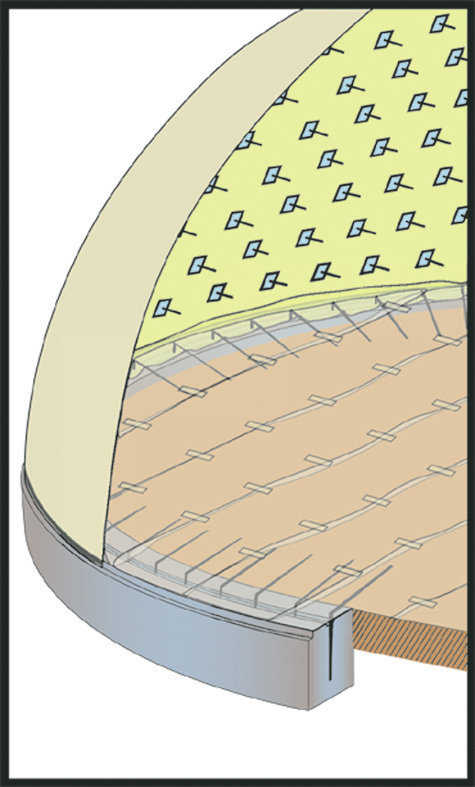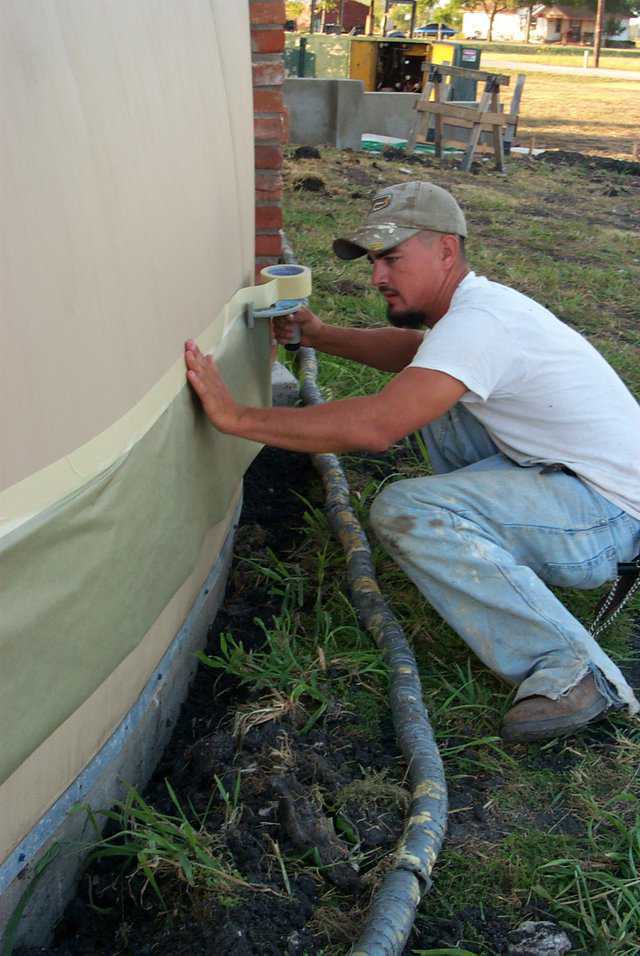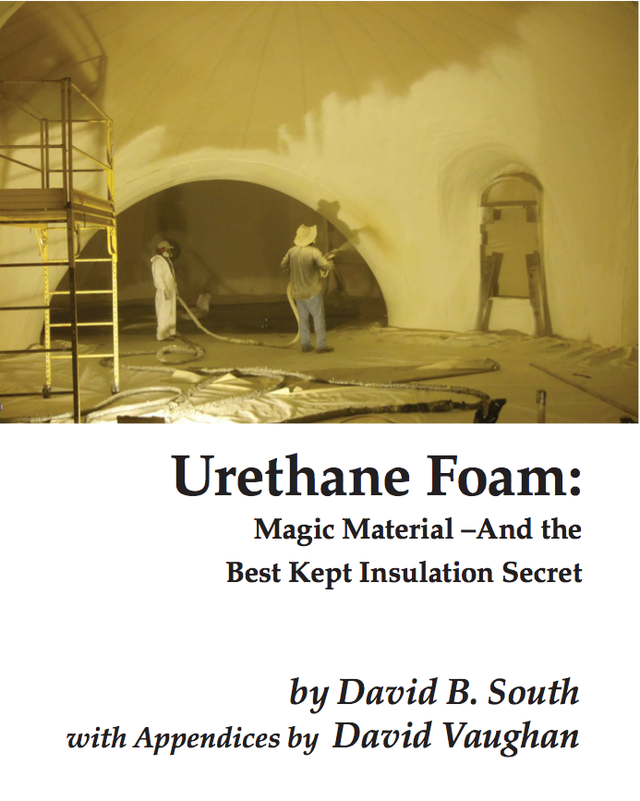Polyurethane Foam
David B. South, president of Monolithic, is a self-taught, hands-on expert on polyurethane foam. In fact, if it were not for David’s discovery of polyurethane foam’s potential as a construction material, Monolithic Domes as we know them today probably would not exist.
In 1970, David received a beautiful statue that appeared to be carved of oak but was made of polyurethane foam. That material fascinated David, who immediately began attending informational seminars and gathering whatever documentation he could find.
The rest, as they say, is history because David began experimenting with sprayable foam as a major ingredient in dome structures.
Since then, David has authored The Polyurethane Foam Book that answers just about any question anyone may have about what David calls, “a magic material and the world’s best-kept insulation secret.”
In addition, David has written many articles, presented on our website and published by others, both in print and online.





